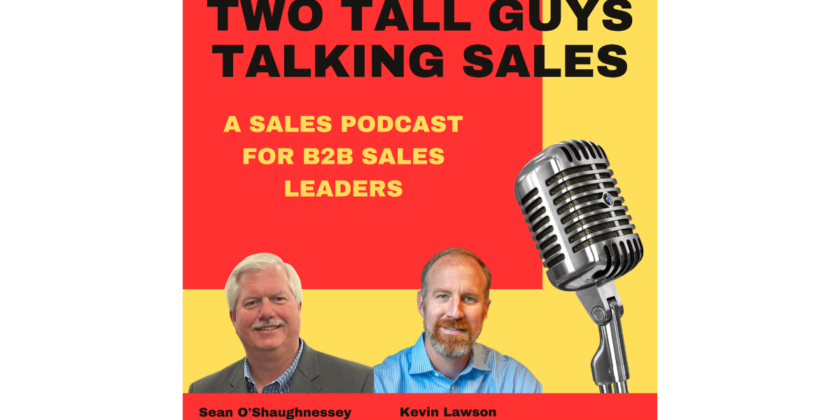Navigating the complexities and ensuring a robust and productive team are pivotal to achieving sustained success in sales. Accountability within a sales team requires pinpointing underperformance and creating an environment where feedback is constructive and growth is nurtured. The notion that no team member should be surprised by a change in their employment status underscores the importance of transparent communication. Setting realistic expectations and having regular discussions ensures that salespeople know where they stand and what is expected of them.
Underperformance can stem from various factors, but a common issue highlighted is the lack of skills. Identifying this gap is the first step toward rectification, paving the way for targeted coaching and development. Coaching isn’t just about improving skills; it’s about instilling the right behaviors that drive success. This is particularly crucial in small businesses where the owners might juggle multiple roles, potentially overlooking critical aspects of their operations, including sales.
The dialogue also touches upon the importance of diversifying strategies beyond a single mode of customer engagement. For instance, relying solely on email without integrating calls can limit a salesperson’s effectiveness. Similarly, focusing too intensely on a single key account to the detriment of prospecting new clients can jeopardize overall sales performance.
Sales managers play a crucial role in facilitating the development of their team members, not only by setting expectations but also by actively participating in joint sales calls and understanding the challenges their salespeople face. Unfortunately, many sales managers haven’t engaged in such activities with their team members in years, highlighting a gap in leadership engagement that can contribute to underperformance.
Peer accountability, celebrating small wins, and fostering a culture where successes are recognized and rewarded contribute significantly to a healthy sales environment. These practices motivate salespeople and help to identify those struggling, offering them the support needed to improve. It’s a collective effort, emphasizing that sales is not just about individual achievements but about lifting the entire team, reflecting the adage that a rising tide lifts all boats.
Therefore, Addressing underperformance is not just about identifying weaknesses but creating an ecosystem where salespeople are supported, skilled, and motivated to excel. It involves a comprehensive approach, from ensuring adequate training and development to fostering a culture of accountability and support.
For sales managers and CEOs, the key takeaway is the importance of being actively involved in their team’s development, understanding their challenges, and providing the resources and support necessary for success. Sales is a complex and demanding field, but with the right strategies and a supportive environment, outstanding results are possible.
Actionable items that you can use today!
- Evaluate Communication and Expectations: Initiate a comprehensive review of your current communication practices and the clarity of expectations within your sales team. Ensure that every member clearly understands their goals, the metrics by which they are evaluated, and the consequences of underperformance. This could involve revising job descriptions, performance metrics, or the regularity and format of feedback sessions.
- Implement a Peer Accountability System: Start the process of establishing a peer accountability system by organizing a team meeting to discuss its benefits. Encourage your sales team to share their successes and challenges openly, and pair team members to serve as accountability partners. This system should aim to foster a supportive environment where salespeople can learn from each other and motivate one another toward achieving their sales targets.
- Develop a Mini-Coaching Plan: Identify at least one salesperson on your team who may be struggling or showing signs of underperformance. Design a short, targeted coaching plan to address their specific challenges, whether they be skill-based or motivational. This plan could include shadowing a high-performing team member, attending a specific training session, or setting up regular coaching meetings to work on identified areas of improvement.








